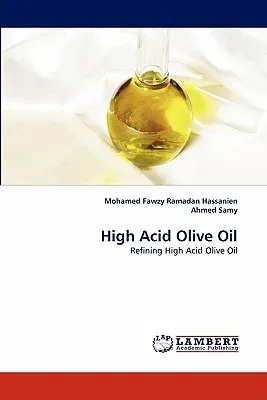Mohamed Fawzy Ramadan Hassanien
(Author)High Acid Olive OilPaperback, 15 April 2011

Qty
1
Turbo
Ships in 2 - 3 days
In Stock
Free Delivery
Cash on Delivery
15 Days
Free Returns
Secure Checkout
Print Length
96 pages
Language
English
Publisher
LAP Lambert Academic Publishing
Date Published
15 Apr 2011
ISBN-10
3844331735
ISBN-13
9783844331738
Description
Product Details
Book Format:
Paperback
Country of Origin:
US
Date Published:
15 April 2011
Dimensions:
22.86 x
15.24 x
0.58 cm
ISBN-10:
3844331735
ISBN-13:
9783844331738
Language:
English
Location:
Saarbrucken
Pages:
96
Publisher:
Weight:
149.69 gm

